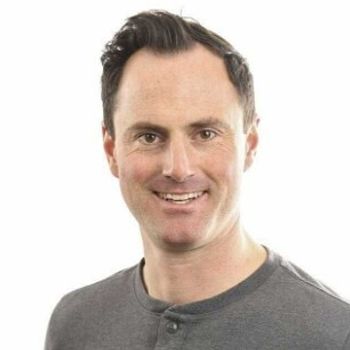
Patient challenges could be addressed at the time a provider writes a prescription - if providers and their staff are equipped with the right technology and information.
Josh Weiner is CEO of DoseSpot

Patient challenges could be addressed at the time a provider writes a prescription - if providers and their staff are equipped with the right technology and information.

Staffing shortages and patients’ expectations for high-touch care go hand-in-hand in today’s unconventional market.

Earning good ratings is becoming more difficult, but there are ways to make real gains in your scores.

Not only have patient communication preferences drifted during the pandemic, but the very nature of the patient-provider relationship is changing.

Physicians today need to think smart when it comes to connecting with the communities they serve.

The last thing patients want is to be put on hold by their provider or interrupted by calls during the work day.

For years, we’ve assumed that physicians and patients must sit together in the same exam room to develop personal, trust-filled relationships. But COVID-19 has proven that communication technology can create enormously personal connections.

Looking beyond telehealth to humanize virtual care

Healthcare providers must focus on getting patients back in for the care they need—both urgent and preventive.

There are communication breakdowns happening throughout the entire continuum of care. Is technology the solution?

Not only do providers need to engage patients to improve outcomes, but they have to do it in a way that delights patients as well.

We all want to improve patient outcomes and reduce healthcare costs, but you can’t care for patients if you can’t keep the lights on.

Just as small holes in a ship can eventually lead to a catastrophic sinking, small holes in your communication can sink your practice as well.

Including funds in your budget dedicated to technological investments that improve the patient experience will be worth it in the long run.

Patients are comparing their healthcare experience against their experiences in retail and the service sector. And, let’s face it, healthcare hasn’t been known for providing modern, super engaging, seamless experiences.

Practices can use video to appeal to patients looking for a new provider, engage existing patients on social media, and educate and entertain patients between visits.

It isn’t just millennials who are switching doctors. Loyal, long-term baby boomer patients are looking for a better experience elsewhere.

New research suggests that just because patients like their provider doesn't mean they will stay with the practice

Published: August 27th 2020 | Updated:

Published: January 7th 2022 | Updated:

Published: January 28th 2018 | Updated:

Published: March 25th 2018 | Updated:

Published: May 30th 2018 | Updated:

Published: July 3rd 2018 | Updated: